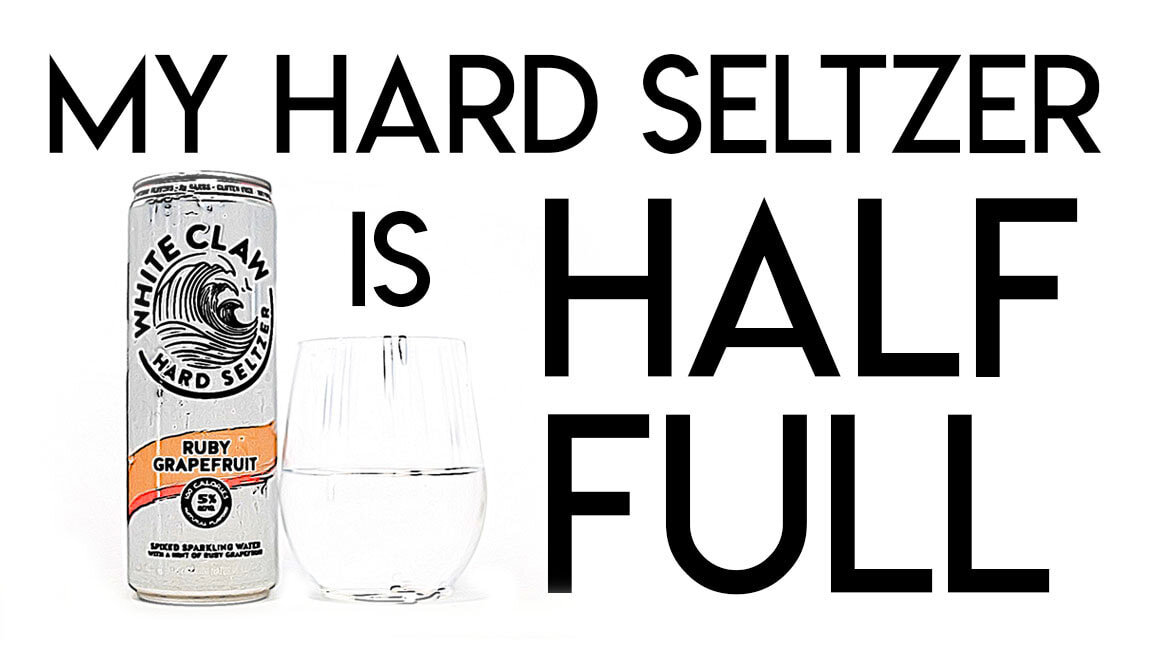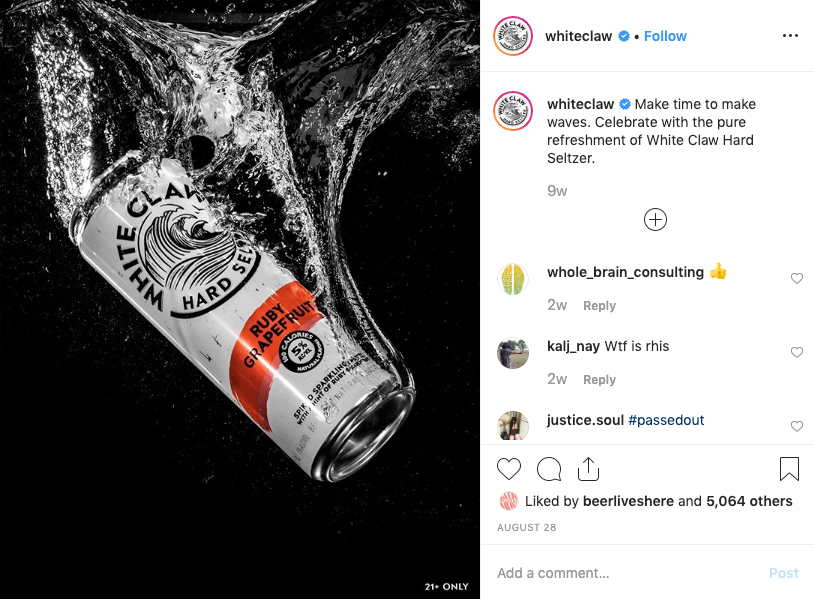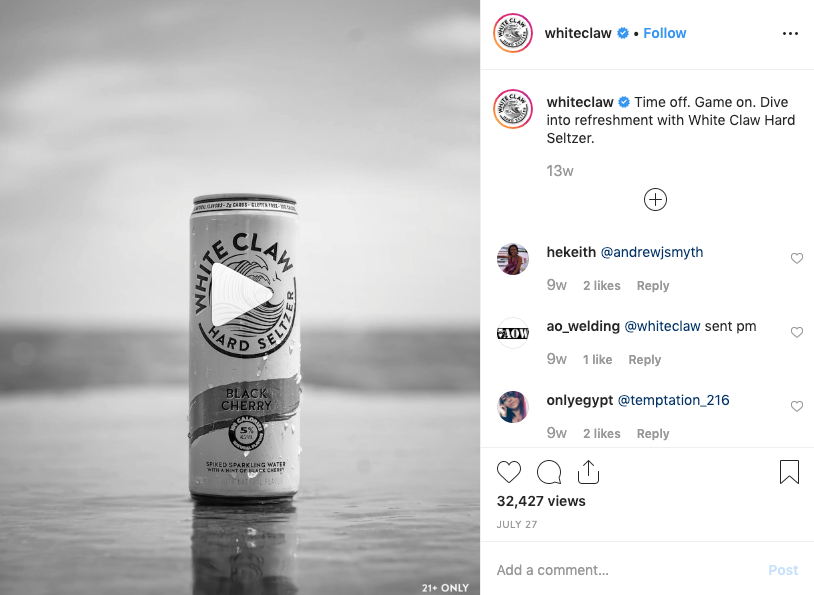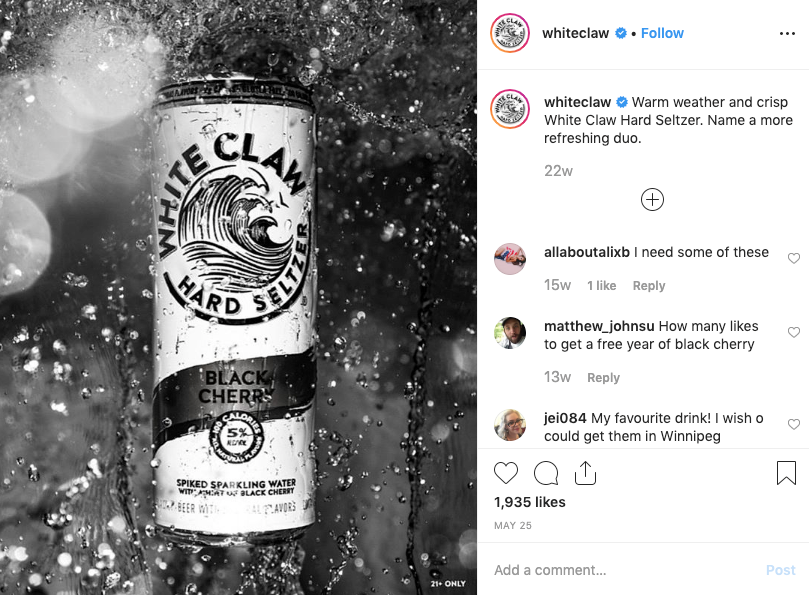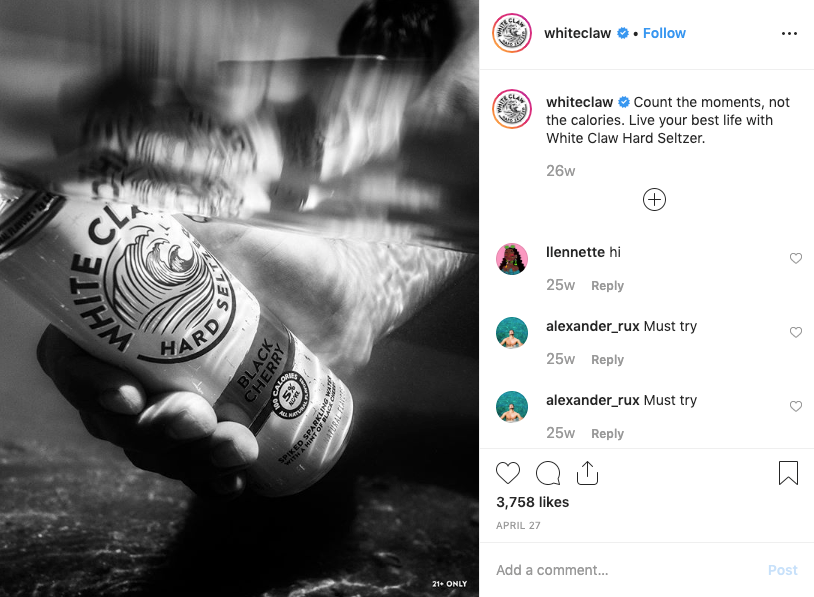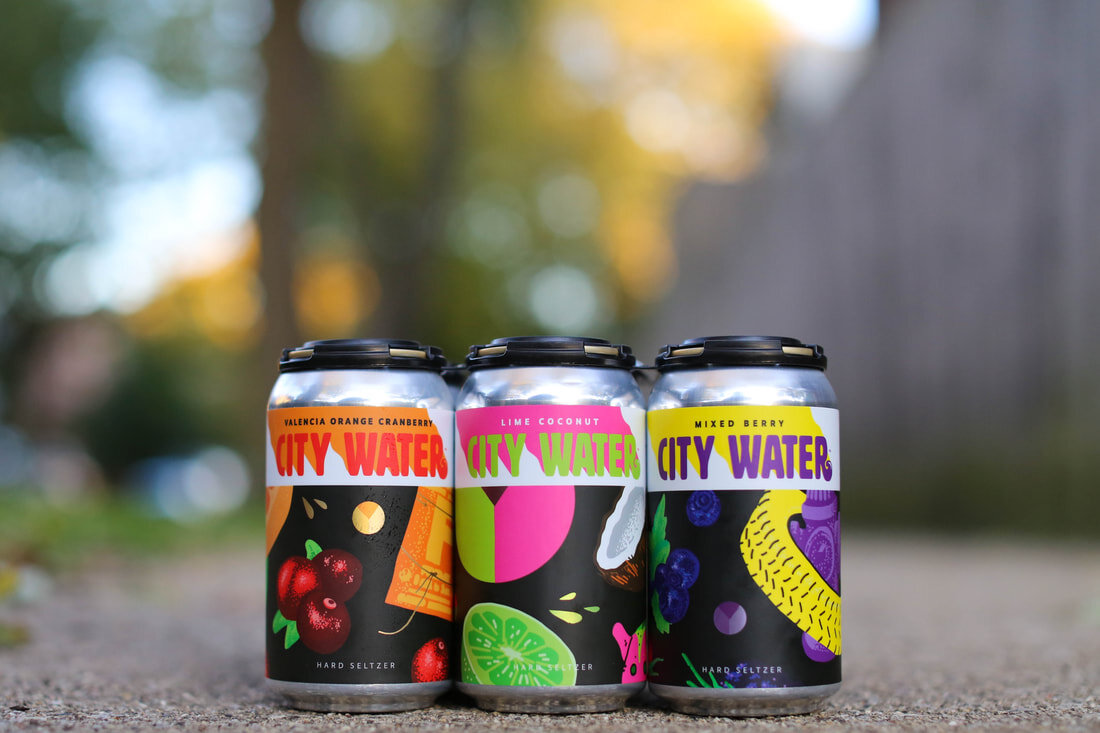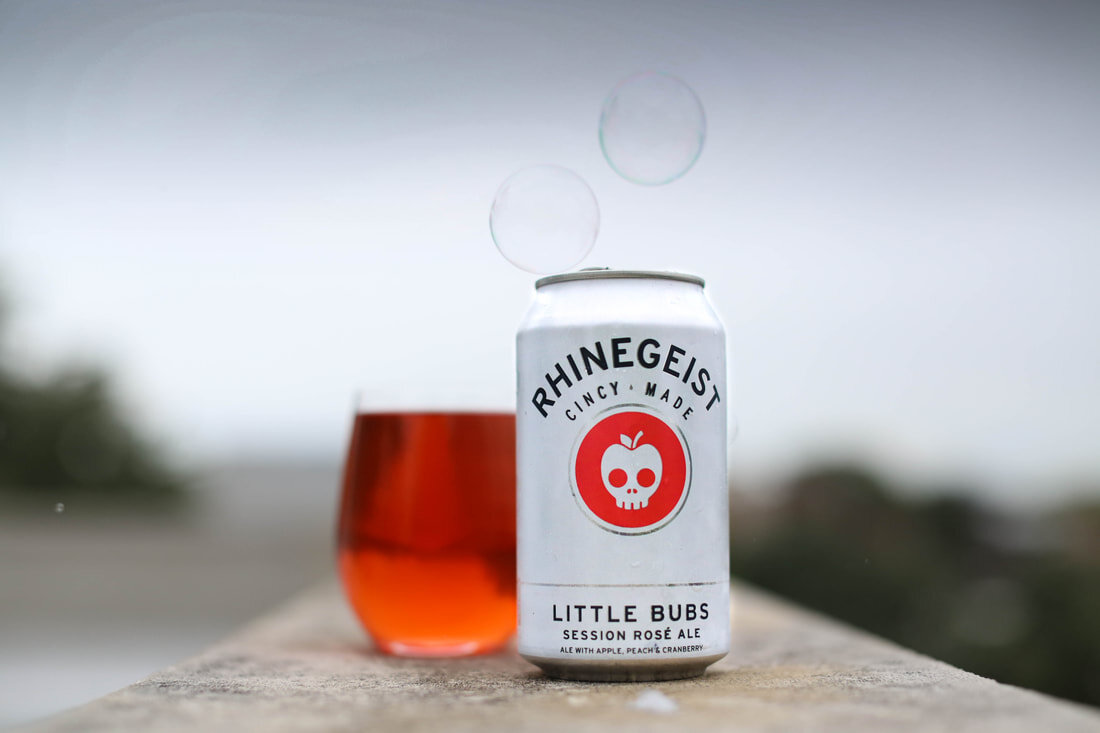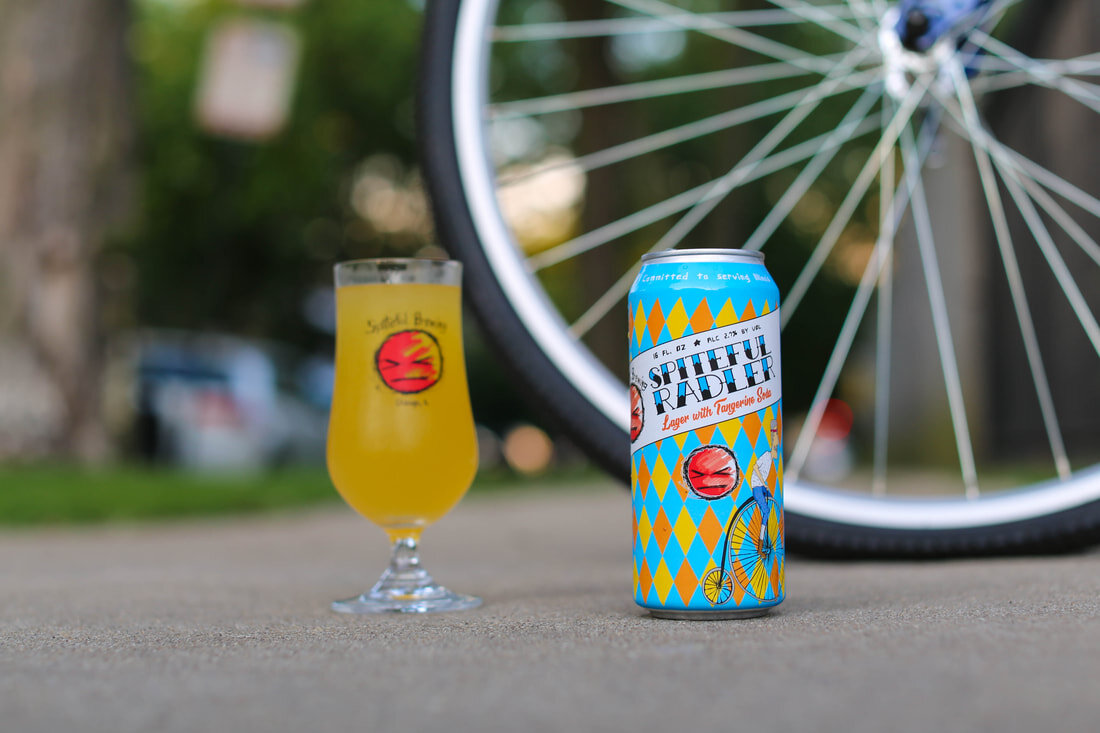My Hard Seltzer is Half Full
For the last five years, I've been asked the same question over and over again. "So, what’s going to be the next IPA?" Most assumed that the style catapulting our industry would soon run out of steam. Wishful thinking optimists would propose craft lagers as the answer, but the combination of style and price point have held that notion in check when it comes to volume-driven channels. Instead, IPA continued to grow and evolve, doing so through 2019’s choppy waters thanks to a wide canvas for differentiation: White, Black, Red, Fruited, Double, Triple, Hazy, Milkshake, Session, Sour, Brut, etc. But craft beer is near the tipping point of saturation and exhaustion. We need that next thing now more than ever to connect with new drinkers and continue building share. Luckily I think we’ve found the answer, or stumbled upon it, we just don’t all completely realize it yet. It’s Hard Seltzer, but only sort of.
According to retail sales tracked through IRI*, all beer, including flavored malt beverages (FMBs), have grown about 4.2% over the last 52 weeks. That sounds like a healthy growth rate by 2019 standards except that, as you're probably suspecting, the largest contributor is Hard Seltzer at about 50% of the growth with other FMBs (Twisted Tea, etc.) chipping in another 12% of it. As the Beer/Malt category grew overall, independent craft brewers chugged along, growing 4.5% and carried the weight of the overall craft category which includes those owned by macro breweries. Indy craft grew just enough to keep pace and maintain its 8.7% share of the overall category, consistent with the prior 52 weeks.
*IRI is not a complete picture, but a strong representation of off-premise retail sales. In most cases, it does not include small/independent stores, nor Taproom sales.
While it doesn't appear that craft beer is losing share to Hard Seltzer at this point, which seems hard to believe, there's a widespread feeling that the 4.5% growth obtained in 2019 will not be repeatable in 2020 and that flat (or worse) could become the new normal. If this turns out to be the case, it won't be because of White Claw and Truly continuing to surge, in my opinion. Instead it will be a failure to react to the golden opportunity that these slim cans have created for craft breweries. It reminds me of a quote from my favorite movie, Rounders:
Worm: I got a feelin'....
Mike: yea, what feeling is that?
Worm: i know you know this feeling..you know this feeling very well..i mean you got your table all set up, your fork, your knife, your A1 sauce..
[together]: all you need is the steak.
A New Audience
Ask a neighborhood brewery who their customers are and they can give you a straight, simple answer. The residents of their community who enjoy beer and are looking for a gathering place. Alternatively, ask a deep, regional craft brewery sold at major chain stores who their customers are and they’ll have a lot more trouble answering that question. At that scale, the vocal minority on social media can’t be relied upon as representing 100,000 BBLs of sales. Market research surveys are expensive, especially to reach a representative sample, and struggle to produce clear actionable results. One thing we can all agree on is that the craft beer industry needs new weapons if it expects to utilize the aggressive amount of capacity that’s been put online this decade.
The hard seltzer phenomenon of this past Summer dominated the headlines and rightfully so. Many hazy IPA detractors even gave up the fight and turned their pitchforks to the clear fizz. Hard Seltzer isn’t like craft beer, with 7,500 players and a significant chunk being sold direct to customers. Instead, White Claw and Truly combined represent 86% of the Hard Seltzer volume over the last 52 weeks, up from 79% the prior 52 weeks. So from a strategy, marketing, and messaging standpoint, there’s not too much to investigate with two key players driving most of the volume. Here's a brief summary of what I see:
White Claw - If you read the last 100 or so Instagram posts for White Claw like I did, it’s actually quite maddening. They just find a slightly different way to write the same sentence, mentioning that it’s made pure, crisp, and/or refreshing over and over again in a single sentence. Sprinkled in occasionally are other elements including that its 100 calories, 2g Carbs, 5% ABV, has a clean taste, and contains natural flavors. The copy is kept to an absolute minimum and is supported with a lifestyle photo/video that’s only slightly different from the last. It almost feels like you’re being hypnotized. The simplicity and lack of story-telling depth seems to be working just fine for them.
Truly - About three weeks ago, the Boston Beer (SAM) subsidiary announced that they are reformulating their Hard Seltzer recipes to taste more "crisp" and "refreshing". Sound familiar? Truly's communication style is otherwise much more my style in terms of creativity and speaking more like a human being, less like a robot. Truly explains that they had been in search of something refreshingly different that had all the flavor without all the calories, carbs and sugars. They go on to enforce that their products are made with simple, natural ingredients and hints of fruit. No artificial flavors or sweeteners. They get creative in saying, because there’s enough fake stuff on your social media feed. Unlike White Claw, Truly further attempts to create their audience by singling out their competitors, see below:
As market share is taken from each of these existing categories, a new drinker profile is being developed. A new set of tastes, preferences, and priorities that craft beer can target, not just in the process, ingredients, taste, and mouthfeel of future innovations, but also in communication strategies and marketing investments. As I point out above, there’s not much science to the methods being used currently by these powerhouses from a messaging standpoint. It’s more about consistency and they’re ripe for local to tug at the heartstrings and take a piece.
Tolerance for Price
It’s been well-documented, or assumed, that Hard Seltzer is acquiring its most significant chunk of customers from light beer. According to last month's piece by Bart Watson, Chief Economist of the Brewers Association, IRI data from the 52 week period ending July 14, 2019 indicated that "27% of seltzer volume growth is coming from beer. The rest is either coming from getting new drinkers into beverage alcohol, or from increased purchases that are incremental to existing off-premise sales."
Industry veterans will typically agree that the most complex dynamic in the beer industry sadly isn’t taste, nor is it ownership structure, it is indeed price. Price is one of the barriers that craft beer has always faced when targeting light lager’s massive market share. Small, local, and independent have managed to chip away though and carve out a nice-sized following of those willing to trade up from suitcases to six-packs, but we seemed to be nearing the limit of how far that could go, until Hard Seltzer came along.
The most fascinating and less talked about aspect of the Hard Seltzer trend for me is this degree to which consumers are trading up in price. This premiumization aligns well with the health & wellness trends where drinkers are showing more restraint and drinking less. I don’t see society reverting back from this movement. With a 24-pack of light lager resembling a 12-pack of hard seltzer in price, a massive segment of drinkers are getting comfortable paying nearly twice as much per serving. Here are some average prices scanned over the past 52 weeks for comparison:
Hard Seltzer 12-Packs
WHITE CLAW HARD SELTZER VARIETY 12PK - $15.71
TRULY BERRY MIX PACK 12PK - $15.39
TRULY SPIKED VARIETY 12PK - $15.29
Bud/Miller 24-Packs
BUD LIGHT 24PK CAN - $18.56
MILLER LITE 24PK CAN - $18.18
A rising tolerance for price passes the sniff test as all beer and malt beverages combined are up 4.3% in dollars, but only 1.4% in volume in IRI. This trend sets up well for craft beer and its search for a wider audience.
The Reason for Optimism
This advice isn't for everyone. A lot of breweries are moving forward with a hard seltzer of their own and that's fine by me. My primary concern is that they don't bring on the marketing muscle to successfully manage a second brand identity, without the original suffering. Early gains from the shiny new toy could be short-lived and become offset if they neglect their core business which may need more attention than ever. This is the number one reason why I am not pushing for a hard seltzer at Rev.
A second group of breweries are going to stick to their guns, doing what they've always being doing. More power to them because I'm rooting for them to continuing doing just that. Then there's the third group who need to grow or at least maintain their share in order to stay healthy as a business, service debt, and continue providing growth opportunities for their employees. The primary way to accomplish that so is through innovation, so for those running out of tricks within the IPA category, the time for an alternative is right now.
Hard Seltzer built a brand new, massive consumer base over a very short period of time and it's there for the taking. Many styles brewed by craft breweries have the attributes to bridge seltzer drinkers over to beer, but these styles have rarely gotten the prioritization, nor the proper messaging that speaks to this new category. White Claw & Truly have pushed their consumer's tolerance for price well-beyond macro beer levels, closer the range of craft beer. The table is set, it's time for the steak. Like I said in the title, my hard seltzer is half full. But what I didn't say is that I'm going to leave the floater behind, and replace it with a new, innovative beer. And you bet your ass it's going to be crisp and refreshing.

